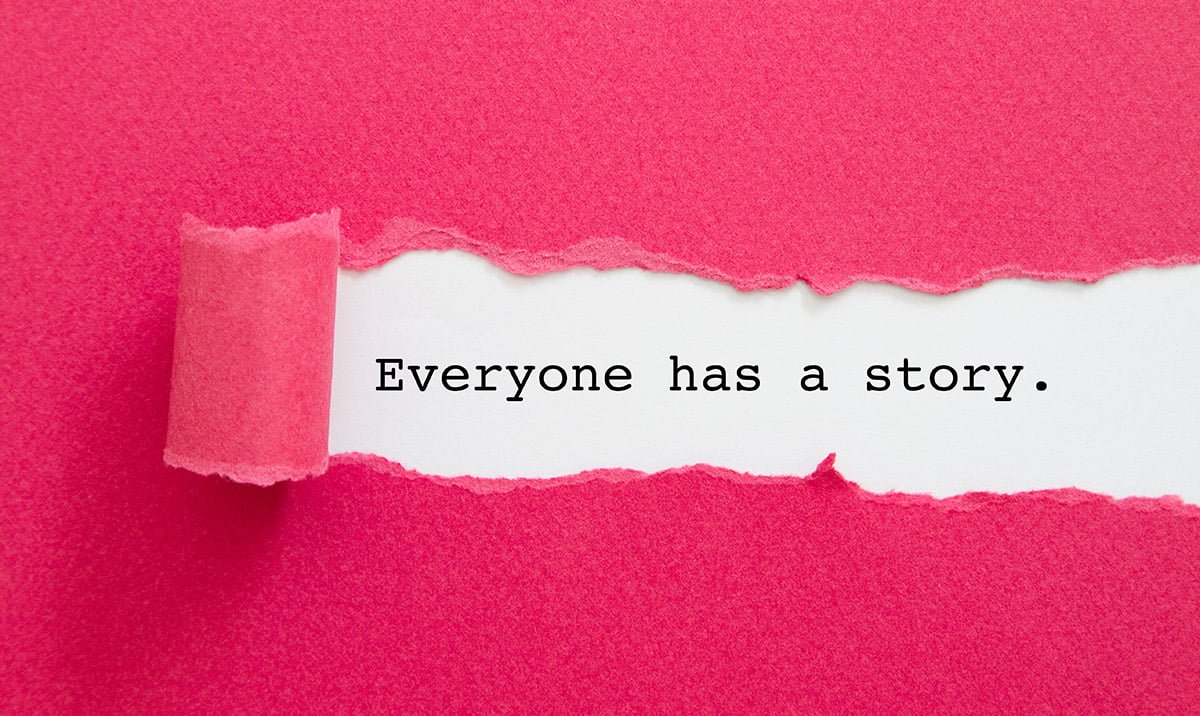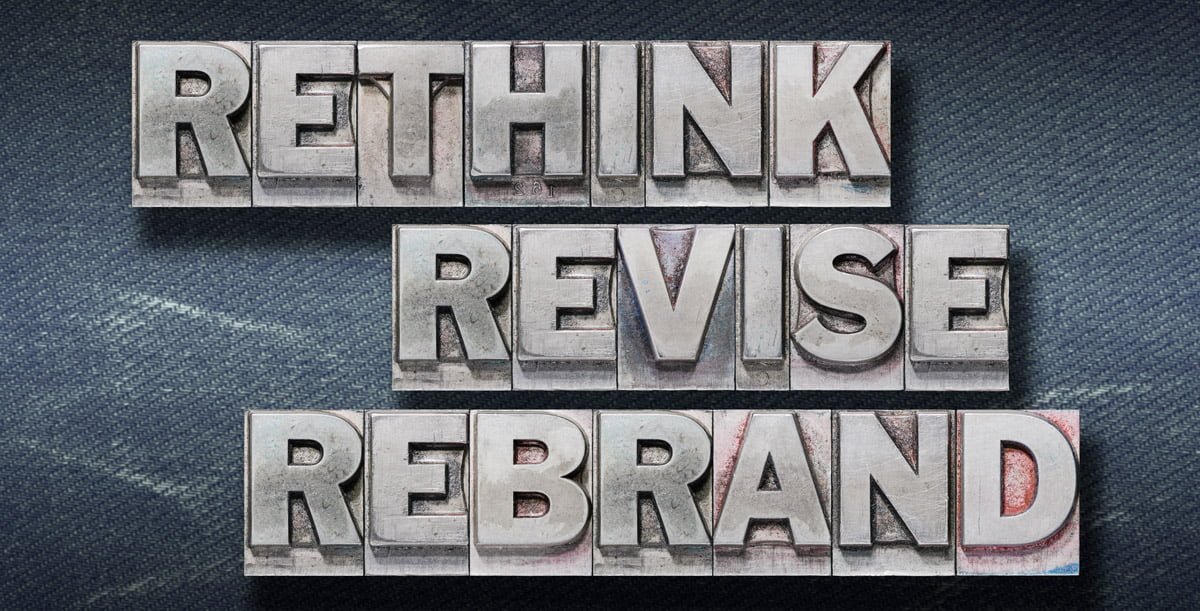Marketing looks a bit different in the COVID era. The targeted strategies that paid dividends in 2019 might not be as successful this year. New challenges and opportunities are on the horizon, and it’s up to businesses to keep up by implementing cutting-edge technology and relevant messaging. And, the even bigger question is: What will a Post-Covid Marketing Strategy look like?
Given the current realities of the COVID era, it’s easy to see why so many entrepreneurs are focused on immediate concerns. As such, some have neglected to plan ahead. This could be problematic down the road, as we’ll eventually emerge with a promising market and a whole new outlook. At that time, the business owners who planned accordingly will hold a significant edge.
When the pandemic draws to a close, some aspects of marketing will revert to the pre-COVID status quo, but many others will remain changed. The following trends, in particular, could shift the marketing landscape of tomorrow:
Demand for Reduced Contact… Even Post-COVID

Prior to COVID, some consumers were slow to take on reduced contact options such as curbside pickup. Yes, Amazon and GrubHub were previously popular, but many other businesses lacked access to such services. Even when they were available, a lot of people still preferred to shop onsite.
All that has changed. Customers now expect companies to provide a wide array of options. Some will crave the return to normalcy that in-person shopping provides, but others have embraced the convenience and security of reduced contact solutions — and they’ll want these options to remain available long after the pandemic ends.
Integrating Virtual and In-Person Events in Your Post-COVID Marketing Strategy

The LoveWorks Solution was an in-person experiential coaching and transformational workshop business that hosted live events for couples and singles looking to improve communication and their relationship. After COVID-19 hit, LoveWorks had to completely rebuild their business model to shift from in-person to virtual events. Learn more about their amazing workshops https://loveworkssolution.com/
Experiential marketing was beginning to pick up speed prior to COVID. This was evident based on the results of a 2018 survey from Harvard Business Review Analytic Services. Of the over 700 business executives involved in this study, over 93 percent claimed to place a priority on hosting events, with nearly as many also prioritizing event sponsorships.
The pandemic placed a temporary hold on traditional event marketing, but it hasn’t halted consumers’ desire for meaningful interactions with their favorite brands. Rather, COVID has sparked a hybrid approach, in which digital solutions make it possible to deliver interactive experiences to those who might not be able to attend marketing events in person.

Some businesses rely on Zoom, which has partnered with event management service Splash to provide exciting virtual options. Splash CEO Ben Hindman hopes to deliver “engaging online experiences that make a positive impression and drive measurable outcomes.”
Many brands are eager to connect in-person socially distanced events with Facebook Live or Instagram Stories. The goal? To create a multifaceted experience that a variety of people can enjoy. The right approach can build a sense of connection, even when a screen replaces physical presence. This versatility will continue to hold appeal after the pandemic ends.
Emphasis on Partnerships and Cross-Promotion during the Pandemic

Cross-promotion has long offered businesses the chance to support one another on social media or through joint events. Previously, however, these partnerships often only existed for the purpose of temporary marketing. Now, many businesses are forced to reach out and build even stronger connections with one another, often in the form of linked platforms. This is increasingly common among service-oriented businesses, which may require the functionality of other companies to reach customers in new and unique ways.
The aforementioned partnership of Zoom and Splash makes for the perfect example. Zoom focuses on video chat, while Splash emphasizes event management. Together, these platforms can deliver innovative digital events that capture the lighthearted fun of previous in-person efforts. Other partnerships — such as Instacart and Walmart — may make businesses more competitive by simultaneously enhancing convenience and supply.
Empathy Through Storytelling will Resonate in Post-COVID Marketing

Compassionate marketing took over in the early days of COVID, with messages praising health care workers and a variety of other hardworking individuals. Sam’s Club, for example, attracted attention by spotlighting its retail heroes. Other marketing efforts hit home by making those struggling with the stress and loneliness of social distancing feel supported.
Thank you to our associates and all retail heroes working tirelessly to ensure America gets the essentials. #ThankAHero
Posted by Sam's Club on Friday, March 27, 2020
Although appreciated, COVID’s empathetic marketing messages eventually began to feel repetitive. This forced brands to bring a greater degree of creativity to compassionate marketing efforts.
Often, this has taken the form of storytelling. Engaging stories help customers connect on an emotional level while conveying that business leaders care about more than profit alone. Coca-Cola’s Great Meal campaign, for example, highlighted the dinner table traditions that keep families connected, even while dealing with the distress of physical isolation.
While future campaigns will need to go beyond COVID to build an emotional connection, empathy will remain a valued quality for years to come. Businesses that build this essential into their long-term marketing strategies will score loyal customers and even proactive brand advocates.
Small Business Support is Critical in Post-COVID Marketing

Our client, Elroy’s Fine Foods in Monterey, CA is a shining example of what it takes to be successful during COVID-19 and post-COVID. Not only did they create a unique and amazing shopping experience for the local Monterey community, but have managed to do it all while under some of the strictest COVID-19 protocols in the country! They also have partnered with other local businesses to bring a ton of local flavor to their store and to their customers. Elroy’s exemplifies how local businesses should and could be working together to find success even during a pandemic.
Consumers who were once happy to purchase goods or services from major chains now desire to lend a helping hand to the many businesses struggling due to the COVID-prompted economic downturn.
A report from Accenture reveals that the pandemic has accelerated the “buy local” movement, which was already picking up steam prior to COVID. Today, however, conscious consumers view it as their moral duty to support small businesses. This attitude will likely remain prevalent long after the pandemic has subsided.
Companies can capitalize on customers’ current efforts to aid small businesses by optimizing marketing campaigns. Ideally, these should be developed with local consumers in mind.
The first step? Crafting an optimized Google My Business page. This makes it easier for customers to find and support local businesses. Optimization efforts should also extend to blog content and social media updates, both of which can be developed with small business supporters in mind.
Marketing during a pandemic may feel overwhelming, but a clear silver lining exists: the ability to discard ineffective strategies and start fresh with an approach that better captures your brand’s philosophy and message. Plan ahead to ensure that you can make the most of this unusual opportunity. The more you can use this time to draw closer to your valued customers, the better. Take advantage of the Buy Local movement and the current community-oriented ethos and you’ll emerge with a loyal following.
We’re Always Looking to Partner with Local Businesses
Vinci Marketing offers tailored services designed to help you build strong connections with consumers as you deal with the fallout of the pandemic. Additionally, we can help you plan for marketing concerns in a post-COVID world. Contact us to learn more about your options for improving marketing outreach during and after the pandemic.












